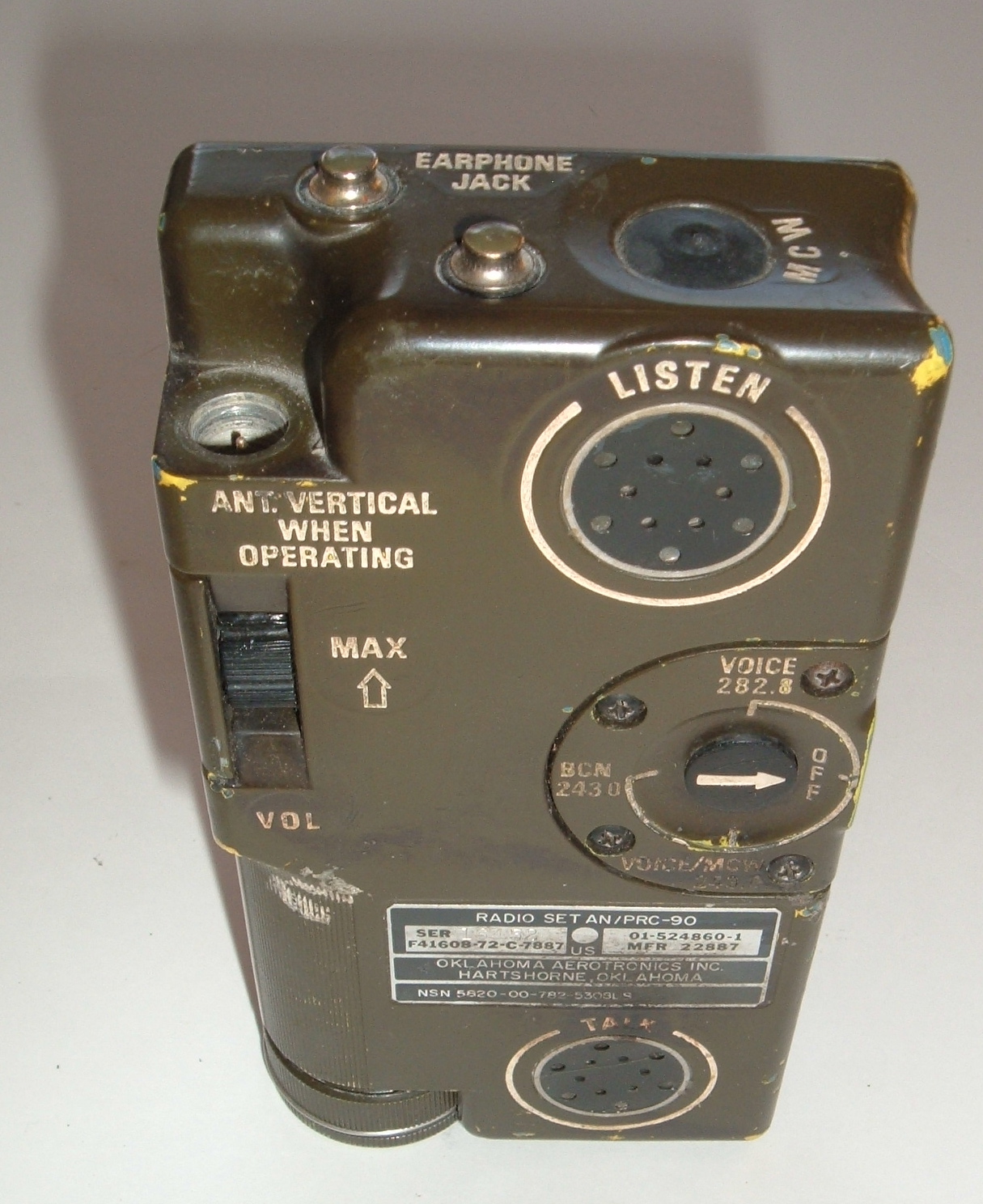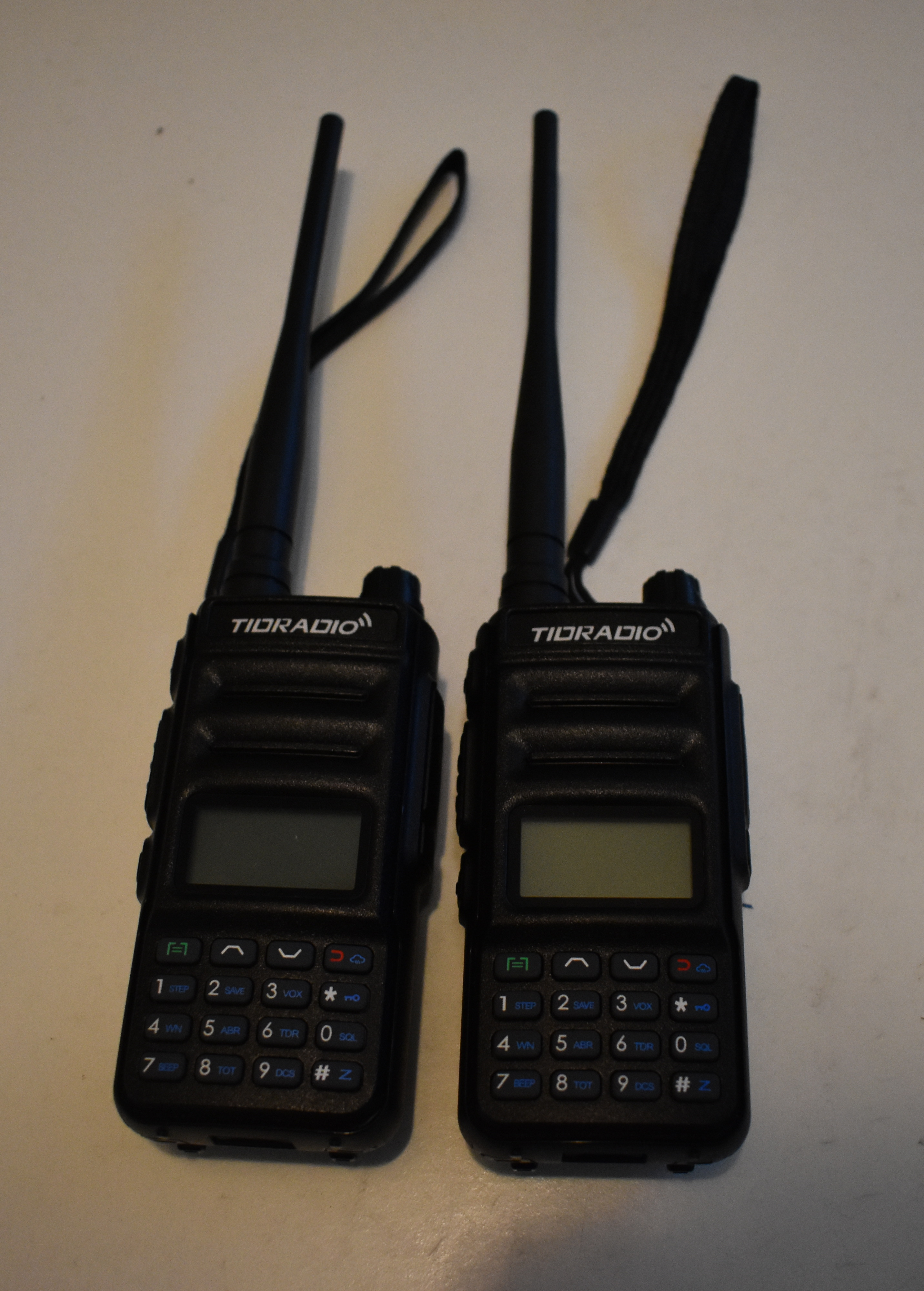|
International Distress Frequency
An international distress frequency is a radio frequency that is designated for emergency communication by international agreement. History For much of the 20th century, 500 kHz was the primary international distress frequency. Its use has been phased out in favor of the Global Maritime Distress Safety System. Use of some distress frequencies is permitted for calling other stations to establish contact, whereupon the stations move to another frequency. Such channels are known as ''distress, safety and calling frequencies''. Satellite processing from all 121.5 or 243 MHz locators has been discontinued. Since February 1, 2009, the U.S. Coast Guard only monitors distress signals from emergency position indicating radio beacons (EPIRBs) that broadcast using digital 406 MHz signals. Digital 406 MHz models became the only ones approved for use in both commercial and recreational watercraft worldwide on January 1, 2007. Maritime Mobile Service frequencies Internatio ... [...More Info...] [...Related Items...] OR: [Wikipedia] [Google] [Baidu] |
Survival Radio
Survival radios are carried by ships and aircraft to facilitate rescue in an emergency. They are generally designed to transmit on international distress frequencies. Maritime systems have been standardized under the Global Maritime Distress Safety System. History The use of radio to aid in rescuing survivors of accidents at sea came to the forefront after the sinking of the RMS ''Titanic'' in 1912. Lifeboats were equipped with spark gap transmitters such as the Marconi Type 241, c. 1920. These operated using Morse code on 500 kHz, the international distress frequency at the time. This frequency had the advantage of long range due to ground-wave propagation and was constantly monitored by all large ships at sea after the'' Titanics sinking. However, due to its wavelength of 600 meters, a long antenna was required to achieve good range. Long wires on the order of 1/4 wavelength held up by kites or balloons were often used. Spark-gap continued to be used in lifeboats long after ... [...More Info...] [...Related Items...] OR: [Wikipedia] [Google] [Baidu] |
Emergency Communication
An emergency is an urgent, unexpected, and usually dangerous situation that poses an immediate risk to health, life, property, or environment and requires immediate action. Most emergencies require urgent intervention to prevent a worsening of the situation, although in some situations, mitigation may not be possible and agencies may only be able to offer palliative care for the aftermath. While some emergencies are self-evident (such as a natural disaster that threatens many lives), many smaller incidents require that an observer (or affected party) decide whether it qualifies as an emergency. The precise definition of an emergency, the agencies involved and the procedures used, vary by jurisdiction, and this is usually set by the government, whose agencies (emergency services) are responsible for emergency planning and management. Defining an emergency An incident, to be an emergency, conforms to one or more of the following, if it: * Poses an immediate threat to life, hea ... [...More Info...] [...Related Items...] OR: [Wikipedia] [Google] [Baidu] |
Distress Signals , a similar technique used on apparel
{{disambiguation ...
Distress may refer to: * Distress (medicine), an aversive state in which a person shows maladaptive behaviors * Mental distress (or psychological distress) * Distress, or distraint, the act of seizing goods to compel payment * ''Distress'' (novel), a novel by Greg Egan * ''Distress'' (1946 film), a 1946 French film * ''Distress'' (1929 film), a 1929 French silent film * Distress signal, an recognized means for obtaining help * Distressed inventory, goods or materials whose potential to be sold at a normal cost has passed * Distressing, the process of making an object appear aged ** Stone washing Stone washing is a textile manufacturing process used to give a newly manufactured cloth garment a worn-in (or worn-out) appearance. Stone-washing also helps to increase the softness and flexibility of otherwise stiff and rigid fabrics such as ca ... [...More Info...] [...Related Items...] OR: [Wikipedia] [Google] [Baidu] |
Mayday (distress Signal)
Mayday is an emergency procedure word used internationally as a distress signal in voice-procedure radio communications. It is used to signal a life-threatening emergency primarily by aviators and mariners, but in some countries local organizations such as firefighters, police forces, and transportation organizations also use the term. Convention requires the word be repeated three times in a row during the initial emergency declaration ("Mayday mayday mayday") to prevent it being mistaken for some similar-sounding phrase under noisy conditions, and to distinguish an ''actual'' mayday call from a message ''about'' a mayday call. History The "mayday" procedure word was conceived as a distress call in the early 1920s by Frederick Stanley Mockford, officer-in-charge of radio at Croydon Airport, England. He had been asked to think of a word that would indicate distress and would easily be understood by all pilots and ground staff in an emergency. Since much of the air traffic at t ... [...More Info...] [...Related Items...] OR: [Wikipedia] [Google] [Baidu] |
Distress Signal
A distress signal, also known as a distress call, is an internationally recognized means for obtaining help. Distress signals are communicated by transmitting radio signals, displaying a visually observable item or illumination, or making a sound audible from a distance. A distress signal indicates that a person or group of people, ship, aircraft, or other vehicle is threatened by a serious or imminent danger and requires immediate assistance.Aeronautical Information Manual U.S. Federal Aviation Administration, 2016 Use of distress signals in other circumstances may be against local or . An ... [...More Info...] [...Related Items...] OR: [Wikipedia] [Google] [Baidu] |
Aircraft Emergency Frequency
The aircraft emergency frequency (also known as GUARD) is a frequency used on the aircraft band reserved for emergency communications for aircraft in distress. The frequencies are 121.5 MHz for civilian, also known as International Air Distress (IAD) or VHF Guard, and 243.0 MHz—the second harmonic of VHF guard—for military use, also known as Military Air Distress (MAD) or UHF Guard. Earlier emergency locator transmitters (ELTs) used the guard frequencies to transmit, but an additional frequency of 406 MHz is used by a more modern emergency locator transmitter. History The choice of 121.5 MHz was made by ICAO in conjunction with ARINC and the ITU. Monitoring In the United States, the emergency frequency is monitored by most air traffic control towers, FSS services, national air traffic control centers, military air defense and other flight and emergency services, as well as by many commercial aircraft. The notice to airmen FDC 4/4386 requires "…all aircr ... [...More Info...] [...Related Items...] OR: [Wikipedia] [Google] [Baidu] |
PMR446
PMR446 (Private Mobile Radio, 446 MHz) is a licence exempt service in the UHF radio frequency band and is available for business and personal use in most countries throughout the European Union. PMR446 is typically used for small-site, same-building and line of sight outdoor activities. Equipment used ranges from consumer-grade to professional quality walkie-talkies (similar to those used for FRS/GMRS in the United States and Canada). Depending on surrounding terrain range can vary from a few hundred metres (in a city) to a few kilometres (flat countryside) to many kilometres from high ground. Historically, analogue FM is used but a digital voice mode has been available in radios conforming to digital private mobile radio (dPMR446) and digital mobile radio (DMR Tier 1) standards designed by ETSI. Originally 8 channels were available in analogue mode but this has now been increased to 16 channels. Typically PMR446 is used for both recreational and business use, addition ... [...More Info...] [...Related Items...] OR: [Wikipedia] [Google] [Baidu] |
UHF CB
UHF CB is a class-licensed citizen's band radio service authorised by the governments of Australia, New Zealand, Vanuatu, and Malaysia in the UHF 477 MHz band. UHF CB provides 77 channels, including 32 channels (16 output, 16 input) allocated to repeater stations. It is similar in concept to the General Mobile Radio Service in the United States. Equipment User equipment designs are similar to commercial land mobile two-way radio, except the maximum legal output power is 5 Watts. External antennas are permitted and commercially manufactured antennas have gains as high as 12 dB. Handheld transceivers (handy talkies) are permitted and have transmit power from 500 mW to 5 W (full legal power) and are relatively cheap compared to full-sized transceivers. Operation in the band is restricted to modes F3E and G3E ( FM or PM of analogue voice telephony) except for channels 22 and 23, which are data modes only. Licensing Class licensing means that users do not have to a ... [...More Info...] [...Related Items...] OR: [Wikipedia] [Google] [Baidu] |
Family Radio Service
The Family Radio Service (FRS) is an improved walkie-talkie radio system authorized in the United States since 1996. This personal radio service uses channelized frequencies around 462 and 467 MHz in the ultra high frequency (UHF) band. It does not suffer the interference effects found on citizens' band (CB) at 27 MHz, or the 49 MHz band also used by cordless telephones, toys, and baby monitors. FRS uses frequency modulation (FM) instead of amplitude modulation (AM). Since the UHF band has different radio propagation characteristics, short-range use of FRS may be more predictable than the more powerful license-free radios operating in the HF CB band. Initially proposed by RadioShack in 1994 for use by families, FRS has also seen significant adoption by business interests, as an unlicensed, low-cost alternative to the business band. New rules issued by the FCC in May 2017 clarify and simplify the overlap between FRS and General Mobile Radio Service (GMRS) radio servi ... [...More Info...] [...Related Items...] OR: [Wikipedia] [Google] [Baidu] |
Multi-Use Radio Service
In the United States, the Multi-Use Radio Service (MURS) is a licensed by rule (i.e. under part 95, subpart J, of title 47, Code of Federal Regulations) two-way radio service similar to the Citizens band (CB). Established by the U.S. Federal Communications Commission in the fall of 2000, MURS created a radio service allowing for licensed by rule (Part 95) operation in a narrow selection of the VHF band, with a power limit of 2 watts. The FCC formally defines MURS as "a private, two-way, short-distance voice or data communications service for personal or business activities of the general public." MURS stations may not be connected to the public telephone network, may not be used for store and forward operations, and radio repeaters are not permitted. In 2009, Industry Canada (IC) established a five-year transition plan, which would have permitted the use of MURS in Canada starting June 2014. In August 2014 IC announced a deferral of MURS introduction, as "the Department does not ... [...More Info...] [...Related Items...] OR: [Wikipedia] [Google] [Baidu] |
General Mobile Radio Service
The General Mobile Radio Service (GMRS) is a land-mobile FM UHF radio service designed for short-distance two-way communication and authorized under part 95 of 47 USC. It requires a license in the United States, but some GMRS compatible equipment can be used license-free in Canada. The US GMRS license is issued for a period of 10 years by the FCC. The United States permits use by adult individuals who possess a valid GMRS license, as well as their immediate family members.The FCC definition of “immediate family” includes the licensee’s spouse, children, stepchildren, parents, stepparents, siblings, grandparents, aunts, uncles, nephews, nieces, and in-laws. See . Immediate relatives of the GMRS system licensee are entitled to communicate among themselves for personal or business purposes, but employees of the licensee who are not family members are not covered by the license. Non-family members must be licensed separately. GMRS radios are typically handheld portable d ... [...More Info...] [...Related Items...] OR: [Wikipedia] [Google] [Baidu] |






